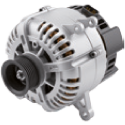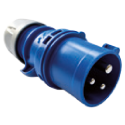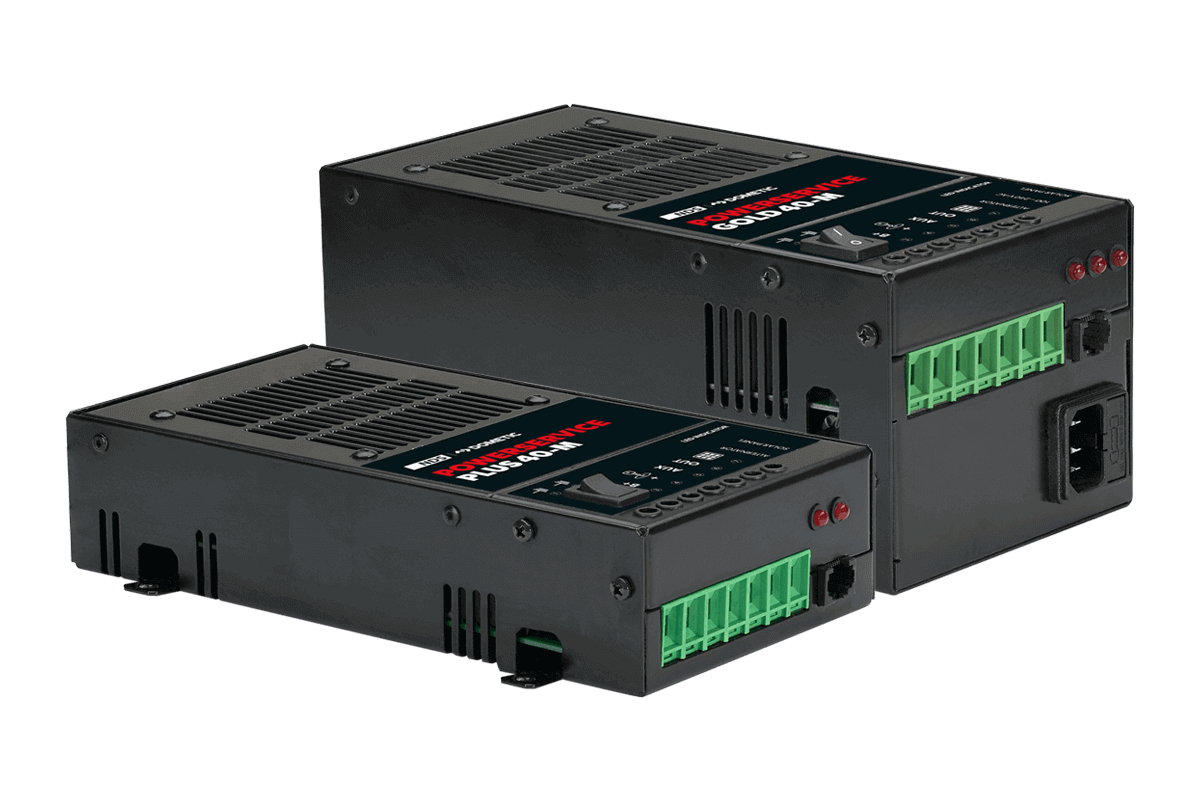
POWERSERVICE
POWERSERVICE dc dc converters are true travel chargers, which recharge leisure batteries in less time than an alternator alone.
POWERSERVICE is available in three different versions PLUS and GOLD, and recharges fully automatic leisure batteries installed in motorhomes, boats, ambulances and special vehicles. The Plus and Gold versions integrates a charge regulator to manage solar panels, and (for the Gold version) a 230V mains charger, concentrating 3 different charging devices with only one! The microprocessor-controlled device provides a full recharge in half the time of the alternator, giving you more range during your stops.
This is also possible thanks to the optimisation of the 4 charging curves, selectable via a jumper that allows you to choose the type of battery to be recharged from Lithium, AGM, Gel, Wet.
Each charging curve is divided into 5 stages, including Desulphation, which not only ensures a perfect charge, but also improves overall battery performance by helping to restore efficiency after prolonged stops, extending battery life.
Why choosing
POWERSERVICE
Full charge in less time, to have full autonomy during your stops.
Extend the life of your batteries with specific charging curves for all battery technologies.
Which POWERSERVICE to choose?
PLUS
MAIN FEATURES
- Two different power sources
- Microprocessor charge management
- 5-stage charging with desulphation
- Selector for Lithium, AGM, Gel, Flooded batteries
- Charges up to 40 amps per hour of travel
POWERED BY:
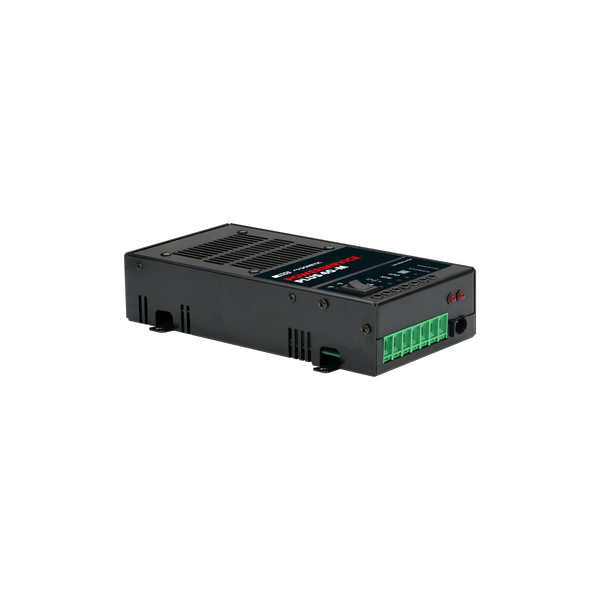
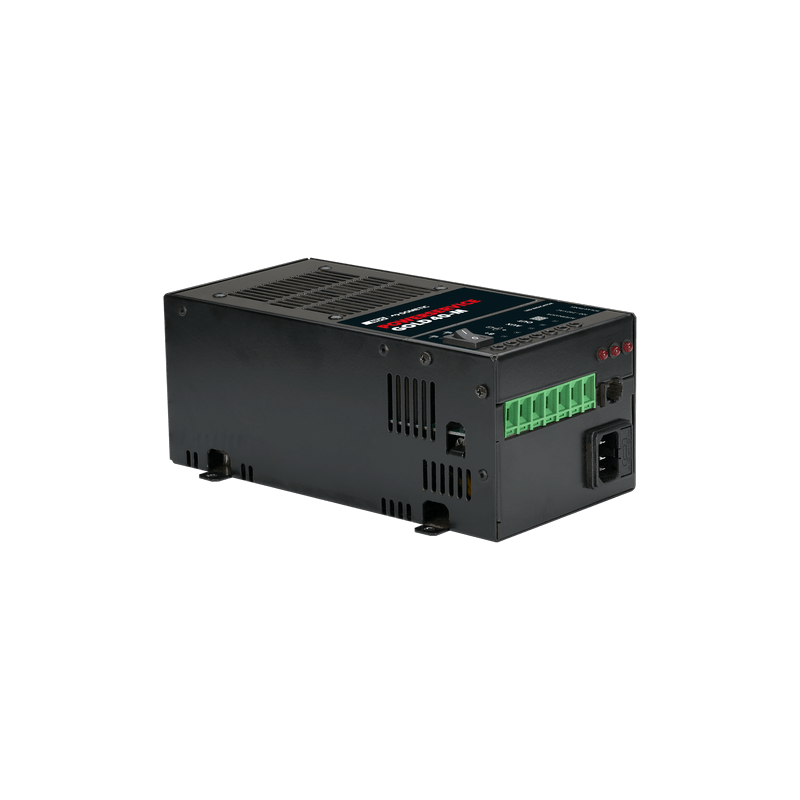
GOLD
MAIN FEATURES
- Three different power sources
- Microprocessor charge management
- 5-stage charging with desulphation
- Selector for Lithium, AGM, Gel, Flooded batteries
- Charges up to 40 amps per hour of travel
POWERED BY:
The alternator is not a battery charger
The alternator is not the best tool for charging your service batteries. The leisure batteries are used cyclically: they are discharged and recharged continuously, whereas the starter batteries are always charged. Differences in construction and use separate these two types of batteries, so different charging methods are required. Differences in construction and use separate these two types of batteries, so different charging methods are required.
While for a starter battery (which is rarely discharged) the use of the alternator alone may be sufficient, for a services battery specific charging curves are required depending on the construction technology, stability and adequate power to never run out of energy.
An adequately powered alternator and POWERSERVICE are the optimal solution to ensure that you always have maximum energy for your leisure batteries!
Models
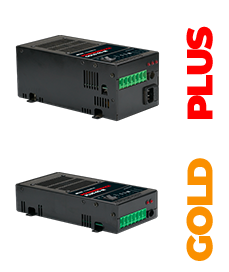
| Code | Voltage of charge |
Power supply Input | Maximum charging current | ||||
| Alternator (P.Min) | Solar (Max) | Main Power connection | Alternator | Solar | Main Power connection | ||
| PLUS 25 |
12V | 70A-12V | 250W | NO | 25A | 20A | NO |
| PLUS 30 | 12V | 90A-12V | 250W | NO | 30A | 20A | NO |
| PLUS 40 |
12V | 110A-12V | 250W | NO | 40A | 20A | NO |
| GOLD 25-M | 12V | 70A-12V | 250W | 100/240Vac | 25A | 20A | 20A |
| GOLD 30-M |
12V | 90A-12V | 250W | 100/240Vac | 30A | 20A | 20A |
| GOLD 40-M |
12V | 110A-12V | 250W | 100/240Vac | 40A | 20A | 20A |
Charging curves
AGM/GEL
GENERIC/LITHIUM
